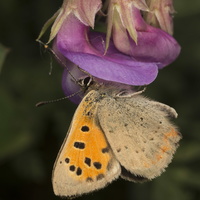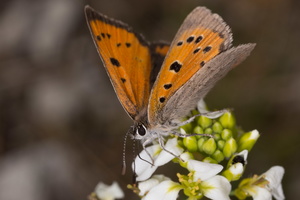- sort orderDefault
Photo title, A → Z
Photo title, Z → A
✔ Date created, new → old
Date created, old → new
Date posted, new → old
Date posted, old → new
Visits, high → low
Random - Google Map
- map
 home / Insecta · vabzdžiai / Lepidoptera · drugiai / Lycaenidae · melsviai / Lycaena phlaeas · mažasis auksinukas
home / Insecta · vabzdžiai / Lepidoptera · drugiai / Lycaenidae · melsviai / Lycaena phlaeas · mažasis auksinukas

-
 Lycaena phlaeas · mažasis auksinukas
Lycaena phlaeas · mažasis auksinukas
-
 Lycaena phlaeas · mažasis auksinukas
Lycaena phlaeas · mažasis auksinukas
-
 Lycaena phlaeas · mažasis auksinukas
Lycaena phlaeas · mažasis auksinukas
-
 Lycaena phlaeas · mažasis auksinukas
Lycaena phlaeas · mažasis auksinukas
-
 Lycaena phlaeas · mažasis auksinukas
Lycaena phlaeas · mažasis auksinukas
-
 Lycaena phlaeas · mažasis auksinukas
Lycaena phlaeas · mažasis auksinukas
-
 Lycaena phlaeas · mažasis auksinukas
Lycaena phlaeas · mažasis auksinukas
-
 Lycaena phlaeas · mažasis auksinukas
Lycaena phlaeas · mažasis auksinukas
-
 Lycaena phlaeas · mažasis auksinukas
Lycaena phlaeas · mažasis auksinukas
Lycaena phlaeas · mažasis auksinukas
- small copper, common copper
- Kleiner Feuerfalter
- mažasis auksinukas
- parastais zeltainītis
- czerwończyk żarek
It is a holarctic species, widespread and common across Europe, Asia, North America, and also found in North Africa south through to Ethiopia. It is found in a wide variety range of habitats from chalk downlands, heathland, and woodland clearings, to churchyards and waste ground in cities.
In bright sun it is a very active little butterfly with the males setting up small territories which they will defend vigorously against rival males or indeed any unlucky passing insect. Even the shadow of a large bird passing overhead is enough to elicit a response. Females are pursued and mating usually occurs in vegetation.
The eggs are laid singly and conspicuously on the upperside of food plant leaves and the young caterpillar feeds on the underside of the leaf creating "windows" by leaving the upper epidermis of the leaf untouched. Pupation takes place in the leaf litter and the pupa is thought to be tended by ants. There are between two and three broods a year, fewer further north. In exceptionally good years, a fourth brood sometimes occurs in the south and adults can still be seen flying into November. The species overwinters as a caterpillar.
Depending on the habitat, common sorrel (Rumex acetosa) and sheep's sorrel (Rumex acetosella) are the two main food plants, although other Rumex species are occasionally used.